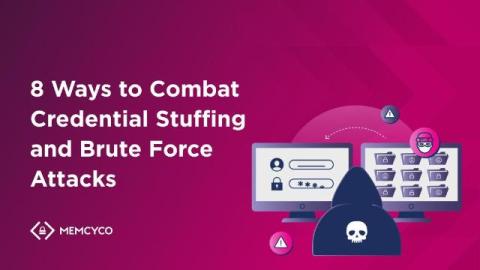Polyfill Supply Chain Attack Hits 100K Websites
Over 100,000 websites fell victim to a recent web supply chain attack through the Polyfill JavaScript library. This incident underscores significant vulnerabilities in third-party script integration across the web. This article covers what Polyfill does, why it’s now a threat, and the steps you should take if your website relies on it.











